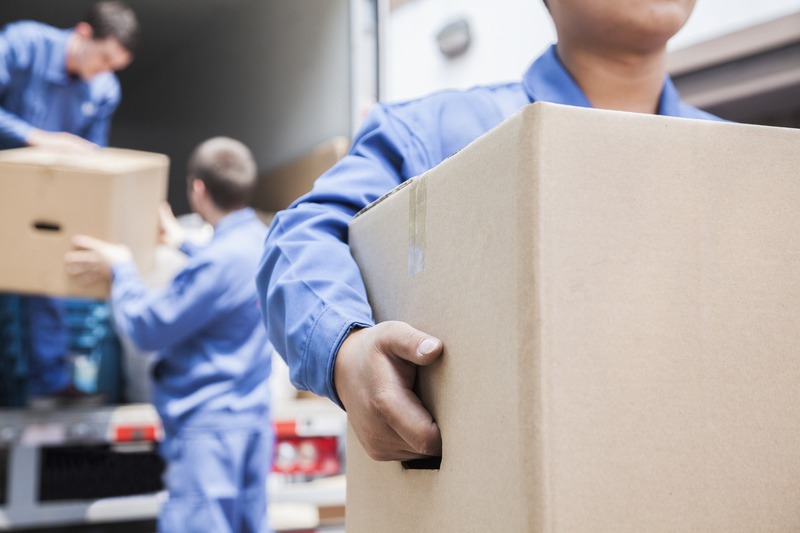Moving to a new home is often associated with chaos, stress, and, unfortunately, a plethora of waste. Cardboard boxes, bubble wrap, and endless amounts of plastic can make moving environmentally unfriendly. However, it doesn’t have to be this way. Adopting eco-friendly moving methods’s possible to turn this demanding task into a more sustainable practice. So, how do you make your move more sustainable? Let’s explore some simple yet effective practices that can reduce waste and your carbon footprint.
Plan for an Eco-Friendly Move
One of the best ways to ensure a sustainable move is by planning. A well-structured plan will alleviate stress and allow you to make conscious choices about how and what you pack. Start by decluttering your home. Go through your belongings and decide what you need to take with you. Donating or selling items you no longer need is a great way to minimize waste and give your possessions a new life with someone else.
Declutter with Purpose
Not only does decluttering help lighten your load, but it also contributes to sustainability. By reducing the number of items you have to move, you are cutting down on the resources needed for packing materials and transportation. Consider organizing a garage sale or donating items to local charities. This is a perfect opportunity to refine your belongings and focus on what is truly valuable or essential.
Utilize Eco-Friendly Packing Materials
Packing is one of the most resource-intensive parts of moving. Traditional packing materials like bubble wrap and styrofoam peanuts are not eco-friendly. Consider these sustainable alternatives:
-
Recycled Boxes: Use boxes made from recycled materials or source used boxes from local stores or community groups.
-
Biodegradable Packing Peanuts: Pack peanuts from natural, non-toxic sources such as corn starch.
-
Cloths and Towels: Wrap delicate items in your linens, towels, or any soft fabric to reduce the need for additional packing materials.
-
Reusable Containers: Invest in plastic bins that can be used multiple times for move after move or storage later.
Rethink Your Transportation Choices
Moving often involves hiring a moving truck, contributing to your carbon footprint. Opt for fuel-efficient vehicles or trucks that run on biodiesel. If you’re using a personal vehicle, you can also consolidate your trips by loading as much as possible in one go. If you’re hiring a professional moving service, consider choosing one that prioritizes sustainability in its operation.
Choose Eco-Friendly Movers
It’s not uncommon to find movers committed to eco-friendly practices, such as using vehicles with lower emissions and providing reusable packing supplies. When searching for movers in St. Louis, inquire about their commitment to sustainability and how they implement it in their services.
Optimal Packing Strategies
Regarding packing, the strategy can make a world of difference. Here’s how you can pack smarter:
-
Pack Efficiently: This means filling each box to minimize the boxes you’ll need.
-
Weight Distribution: Make sure to distribute weight evenly to avoid using extra cushioning materials unnecessarily.
-
Label and Inventory: Keeping track of what’s in each box will help prevent unnecessary opening and repacking.
Seek Out Green Moving Services
As more people look to live sustainably, there are now moving services that offer green options. Some companies provide services by using biodiesel trucks or employing solar-powered facilities. When hiring a moving company in St. Louis, MO, ask them about their sustainability practices and how they contribute to minimizing environmental impact during the moving process.
Reduce, Reuse, and Recycle
The mantra of sustainability plays a vital role in moving as well. You’re likely to encounter numerous materials, so here’s how you can adhere to the three R’s:
-
Reduce: Only use what you need. Don’t overbuy packing supplies.
-
Reuse: Save any packing materials from your move for future use or ask around if anyone in your community might need them.
-
Recycle: Be diligent in recycling materials you can’t reuse, from cardboard boxes to paper wraps.
Explore Zero-Waste Options
Embrace the zero-waste movement by attempting to eliminate waste during your move. This involves being mindful of using either compostable or fully recyclable products. Zero-waste swaps, such as beeswax wraps instead of plastic wrap, can be incorporated when packing certain items from your kitchen or pantry.
Storage and Warehouse Choices
If your move involves storing items temporarily, seek out storage facilities that offer eco-friendly storage options. This includes facilities that have energy-efficient lighting, climate control, and procedures that minimize waste. With long distance moving services in St. Louis, it’s crucial to find those who offer these options to ensure a sustainable move even over extended distances.
Educate and Engage Your Circle
Moving is often a collaborative effort involving friends, family, or professional movers. Share your eco-friendly moving plans and educate those involved about the importance of sustainability. Simple actions, like carpooling to the new location or saving boxes for others to use, can contribute to the bigger picture of reducing waste.
Post-Move Practices
After the move, continue the eco-friendly practices you’ve started. Recycle or repurpose any leftover packing materials. A new home is also an opportunity to implement sustainable living practices right from the start, such as energy-efficient appliances, water-saving devices, and more mindful purchasing habits.
Final Thoughts
Embarking on a move can be daunting, but by incorporating eco-friendly practices, you can simplify the process and make a positive impact on the environment. Whether taking the DIY approach or hiring professional movers, each step can be modified to align with sustainable living principles. Let’s make moving a green process, one step at a time.





